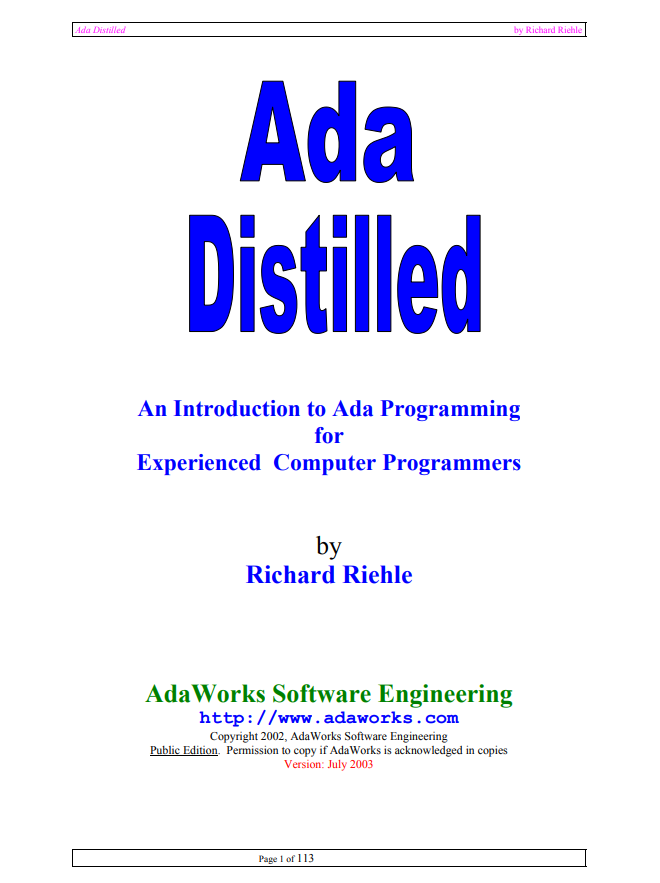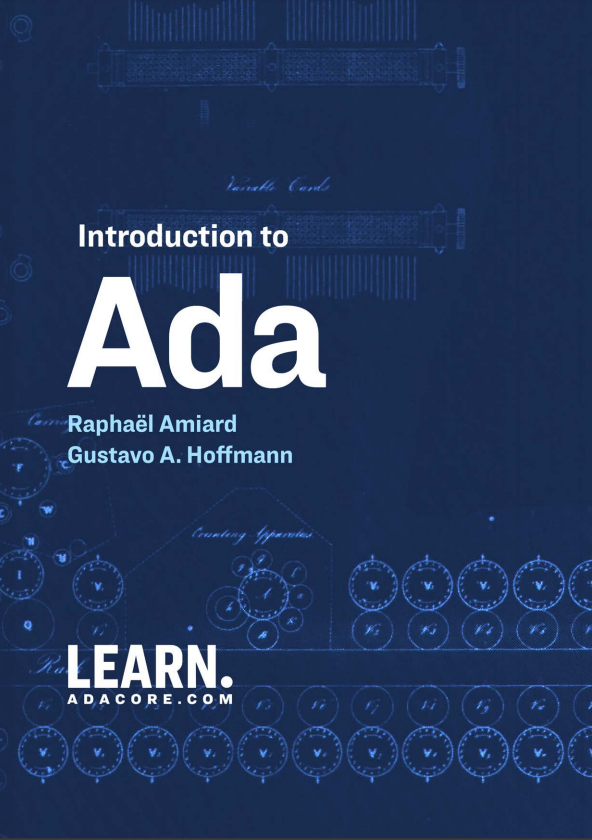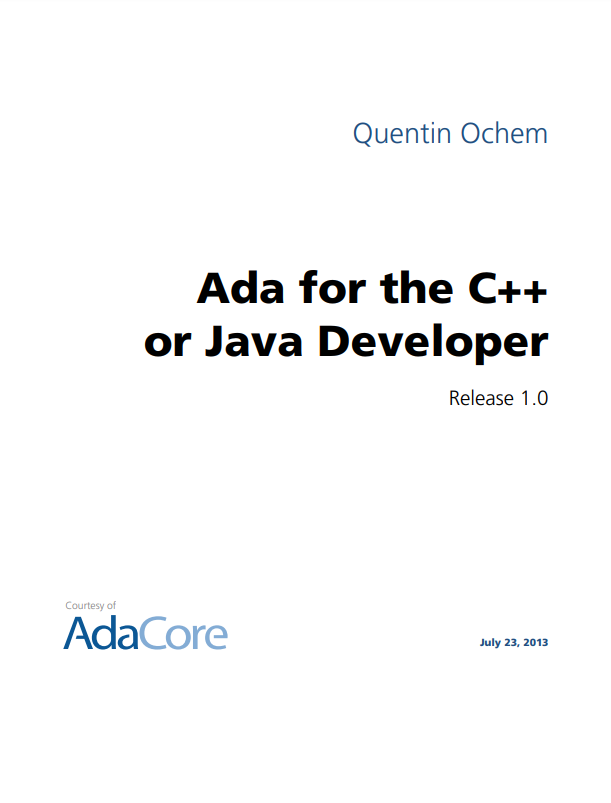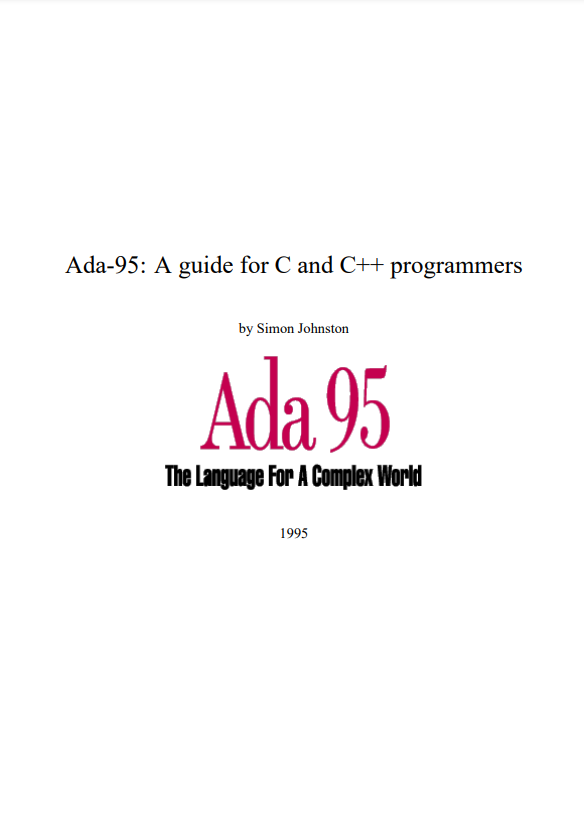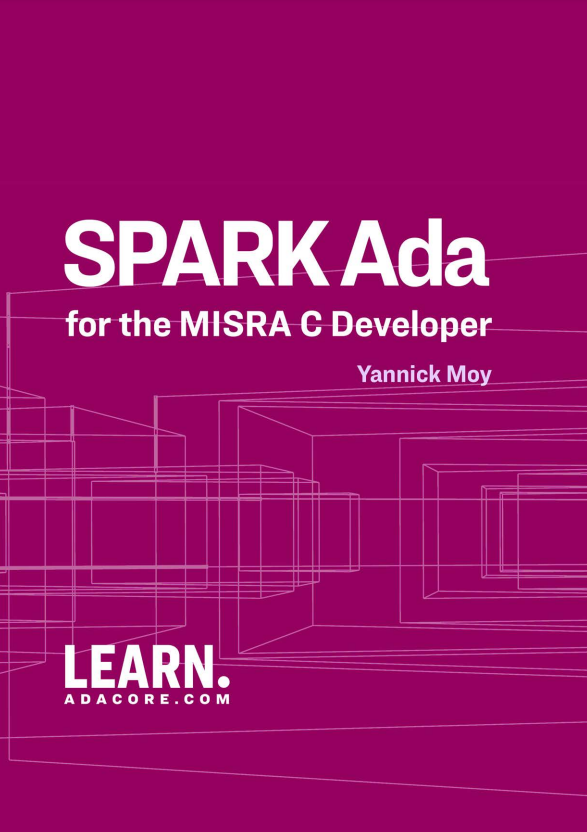This book is aimed at experienced programmers who want to learn Ada at the programming level. It is not a “…for dummies” book, nor is it intended as a program design book. Instead, we highlight some key features of the Ada language, with coded examples, that are essential for getting started as an Ada programmer.
Ada is a rich and flexibile language used for designing large-scale software systems. This book emphasizes syntax, control structures, subprogram rules, and how-to coding issues rather than design issues. There are other really fine books available that deal with design. Also, this is not a comprehensive treatment of the Ada language. The bibliography lists some books that can help you once you have finished the material in this book.
Think of this a quick-start book, one that enables you, the experienced programmer, to get into the Ada language quickly and easily. The examples use text-oriented programs for simplicity of learning. If you prefer to do the exercises for a GUI environment, check out the sites listed for compilers and tools so you can download bindings for programming in a variety of windowing environments, including Wintel, Linux, and Unix. Of particular interest to those wanting to explore Window style programming are GtkAda, CLAW, GWindows, and JEWL. The last of these, JEWL, is especially useful if you have no prior experience writing Windows programs.
This book is for experienced programmers new to Ada. Heavily commented example programs help experienced programmer experiment with Ada. This is not a comprehensive book on the entire Ada language. In particular, we say very little about Ada.Finalization, Storage Pool Management, Representation Specifications, Concurrency, and other more advanced topics. Other books, listed in the bibliography, cover advanced topics. This book is an entry point to your study of Ada. The text is organized around example programs with line-by-line comments. Ada comments are the double-hyphen and continue to the end of a line. Comments might be explanatory notes and/or corresponding section of the Ada Language Reference Manual (ALRM) in the format of ALRM X.5.3/22.
